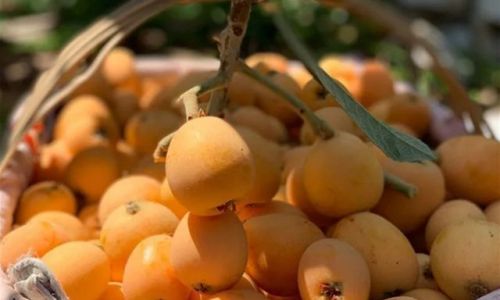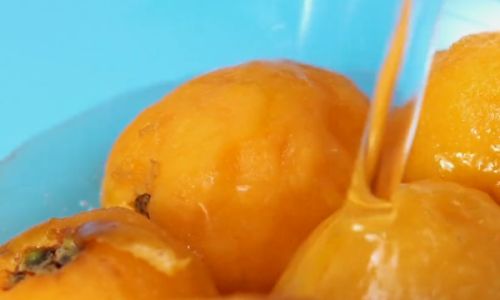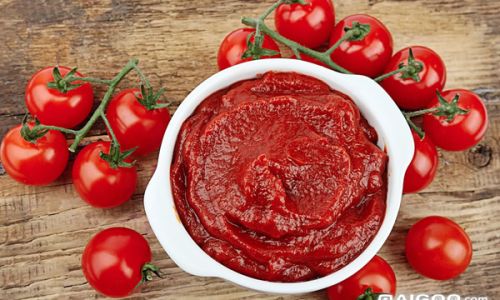Introduction

Loquats (Eriobotrya japonica), often hailed as the “golden apples of winter,” are a delightful fruit cherished for their sweet, tangy flavor and numerous health benefits. Native to China, these fruits have made their way across Asia and into various parts of the world, becoming a favorite among fruit enthusiasts. However, preserving loquats in their freshest state can be challenging due to their perishable nature. This comprehensive guide aims to provide you with detailed insights and practical tips on how to keep loquats fresh, ensuring you enjoy their delightful taste and nutritional benefits for as long as possible.
Understanding Loquat’s Shelf Life
Before diving into preservation techniques, it’s crucial to understand the natural shelf life of loquats. Freshly picked loquats typically have a shelf life of about one to two weeks when stored properly. This duration can vary depending on factors such as the ripeness of the fruit at harvest, storage conditions, and the variety of loquat.
Harvesting Loquats
The first step in preserving loquats’ freshness begins at harvest. Here are some key points to consider:
-
Optimal Harvest Time: Loquats ripen from late spring to early summer, depending on the climate and variety. Harvesting should be done when the fruits are fully colored, slightly soft to the touch, and emit a sweet aroma.
-
Gentle Handling: Loquats are delicate and should be handled with care to avoid bruising. Use pruning shears or scissors to cut the fruit stem close to the branch, ensuring minimal damage to the fruit itself.
-
Immediate Cooling: Once harvested, loquats should be cooled as soon as possible to slow down ripening and prevent spoilage. This can be done by placing them in a cool, shaded area or refrigerating them immediately if the weather is warm.
Storage Conditions for Fresh Loquats
Proper storage is vital for maintaining loquats’ freshness. Here are some effective methods:
-
Refrigeration: Refrigeration is the most common and effective method for extending loquats’ shelf life. Store loquats in an airtight container or plastic bag with holes for ventilation to prevent moisture build-up. The ideal refrigerator temperature for loquats is between 32°F to 41°F (0°C to 5°C).
-
Humidity Control: Maintaining the right humidity level is crucial. Too much moisture can cause mold, while too little can lead to dehydration. A slightly damp paper towel placed in the storage container can help regulate humidity.
-
Avoid Ethylene Gas Exposure: Loquats are sensitive to ethylene gas, which accelerates ripening and can cause premature spoilage. Keep them away from other ethylene-producing fruits like bananas, apples, and pears.
Freezing Loquats
For long-term preservation, freezing loquats is a viable option. Here’s how to do it:
-
Preparation: Rinse loquats under cold water and pat them dry using a paper towel. Remove the stems and any blemishes.
-
Flash Freezing: To prevent loquats from sticking together, flash freeze them first. Place them in a single layer on a baking sheet lined with parchment paper and put the sheet in the freezer for about two hours or until the fruits are frozen solid.
-
Storage in Freezer Bags: Once frozen, transfer the loquats to freezer-safe bags, removing as much air as possible to prevent freezer burn. Label the bags with the date for future reference.
-
Usage: Frozen loquats can be used in smoothies, baked goods, or thawed for direct consumption. They retain their flavor well but may have a softer texture after thawing.
Drying Loquats
Dried loquats, also known as dried loquat fruits or loquat leather, are a delicious and nutritious snack. Here’s how to dry them:
-
Preparation: Wash and dry loquats thoroughly. Peel them if desired (peeling can enhance the drying process but is optional). Slice them into thin pieces to ensure even drying.
-
Sun Drying: In sunny climates, loquats can be dried naturally on a clean, mesh screen or tray. Place them in a sunny, well-ventilated area, turning them occasionally to ensure even drying. This method can take several days.

-
Dehydrator: Using a food dehydrator is a faster and more controlled way to dry loquats. Set the dehydrator to a temperature between 125°F to 135°F (52°C to 57°C) and dry the slices for about 8 to 12 hours, depending on thickness and desired dryness.
-
Oven Drying: If you don’t have a dehydrator, you can use your oven’s lowest setting (usually around 150°F or 65°C) with the door slightly ajar for ventilation. Dry the slices on baking sheets for several hours, checking and turning them occasionally.
-
Storage: Store dried loquats in an airtight container in a cool, dark place. They can last for several months if properly dried and stored.
Canning Loquats
Canning is another effective method for preserving loquats, allowing you to enjoy them year-round. Here’s a step-by-step guide:
-
Preparation: Wash and dry loquats. Peel, pit, and halve or quarter them depending on preference.
-
Syrup Preparation: Prepare a light syrup by mixing 2 cups of water with 1 to 2 cups of sugar (adjust sweetness to taste). Heat the syrup until the sugar dissolves, then simmer.
-
Packing Jars: Pack the prepared loquats into clean, sterile canning jars. Pour the hot syrup over the fruit, leaving about half an inch of headspace.
-
Processing: Secure the jar lids and process the jars in a boiling water canner. For pints or quarts, process for 20 to 25 minutes, adjusting time based on altitude.
-
Cooling: Remove the jars from the canner and let them cool on a wire rack. Check for seals; if the center of the lid is depressed, the jar is sealed.
-
Storage: Store canned loquats in a cool, dark place. Properly canned loquats can last for up to a year.
Making Loquat Jam or Jelly
Transforming loquats into jam or jelly is a delightful way to preserve their flavor and enjoy them in various dishes. Here’s a basic recipe for loquat jam:
-
Preparation: Wash, peel, pit, and chop loquats. Measure about 4 cups of prepared fruit.
-
Cooking: In a large pot, combine the loquats with 2 cups of sugar (adjust sweetness to taste) and a splash of lemon juice. Cook over medium heat, stirring frequently, until the fruit breaks down and the mixture thickens.
-
Testing for Set: To test if the jam is ready, spoon a small amount onto a cold plate. If it gels and wrinkles when pushed with a spoon, it’s done.
-
Jarring: Ladle the hot jam into clean, sterile jars, leaving about half an inch of headspace. Wipe the jar rims, secure the lids, and process in a boiling water canner for 10 minutes.
-
Cooling and Storage: Remove the jars from the canner and let them cool on a wire rack. Store the sealed jars in a cool, dark place.
Conclusion
Preserving loquats’ freshness requires a combination of proper harvesting, storage, and preservation techniques. Whether you choose to refrigerate, freeze, dry, can, or make jam, each method offers a unique way to enjoy loquats throughout the year. By following the tips and guidelines outlined in this guide, you can ensure that your loquats remain delicious, nutritious, and ready to be enjoyed in various forms.
Remember, the key to successful preservation lies in attention to detail, from the moment you harvest the fruit to the final storage step. With a bit of effort and care, you can transform these golden apples of winter into a year-round delight. Happy preserving!





0 comments